In 1650, Pope Innocent X Pamphili launched a tender for the construction of the Fontana dei Quattro Fiumi.
This pontiff had been elected in 1644 and had immediately repudiated the works of his predecessor Urban VIII Barberini, whereby the main members of that family had to flee to France, where they were protected by the powerful cardinal Mazarin.
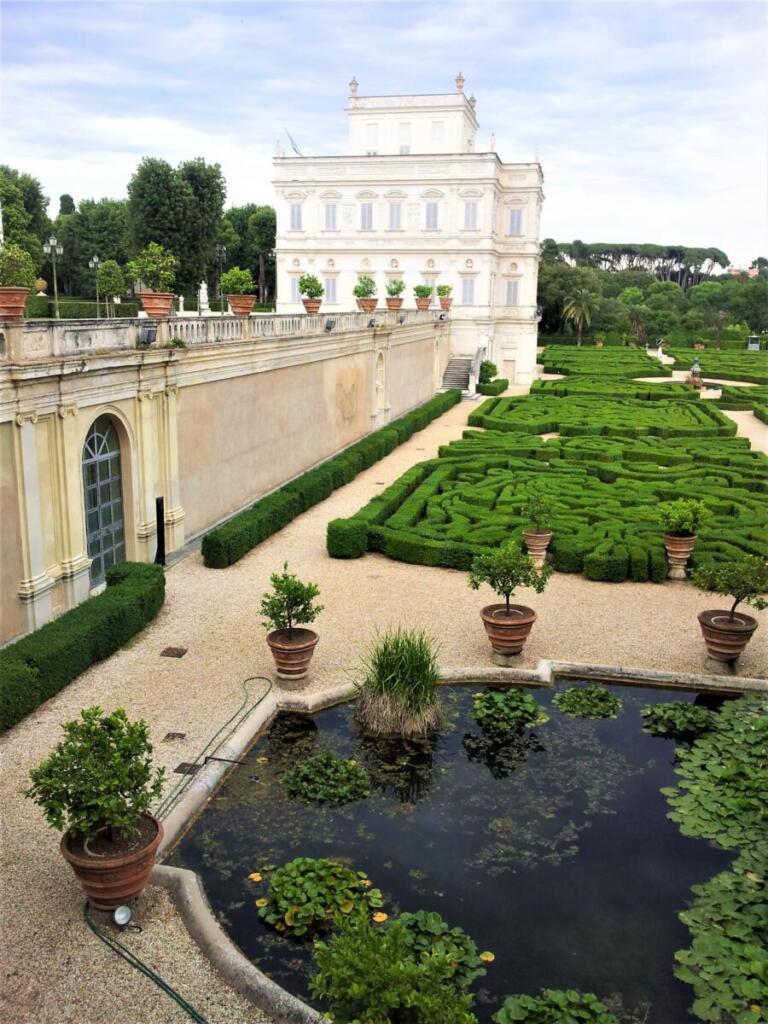
For all the great works planned in the city, Francesco Borromini was preferred to Gian Lorenzo Bernini who was considered to be the architect of the Barberini family.
The design of the fountain was initially entrusted to Borromini, but with a smart stratagy Bernini managed to win the job.
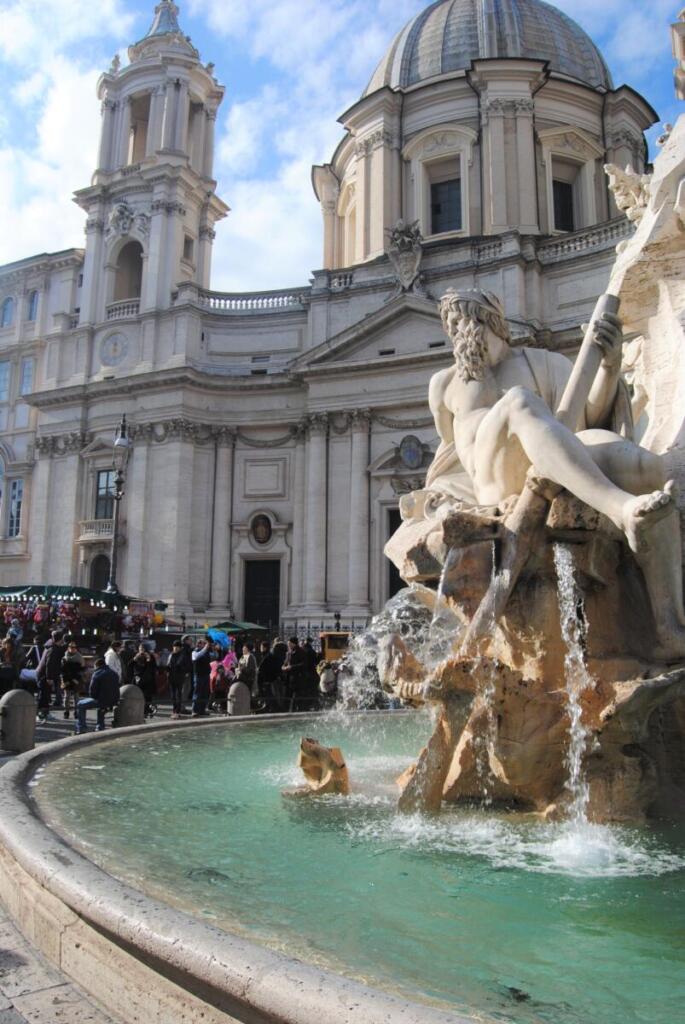
He sent to Donna Olympia, widow of the pope's brother and his most listened to advisor, a silver model of the fountain with caves, lions, palms and the obelisk above. The Pontiff, seeing the model "by chance", was enthusiastic and entrusted Bernini with the work.
The fountain was paid with the proceeds of the taxes on bread, wine and other consumer goods and inaugurated in 1651.
Francesco Borromini designed for the family the large Palace on Piazza Navona, where the Brazilian Embassy and the Church of Sant'Agnese are now located.
In the ten years of his reign, Pope Innocent X was concerned with greatly enhancing the wealth his family, but also with enriching the city with works of art.
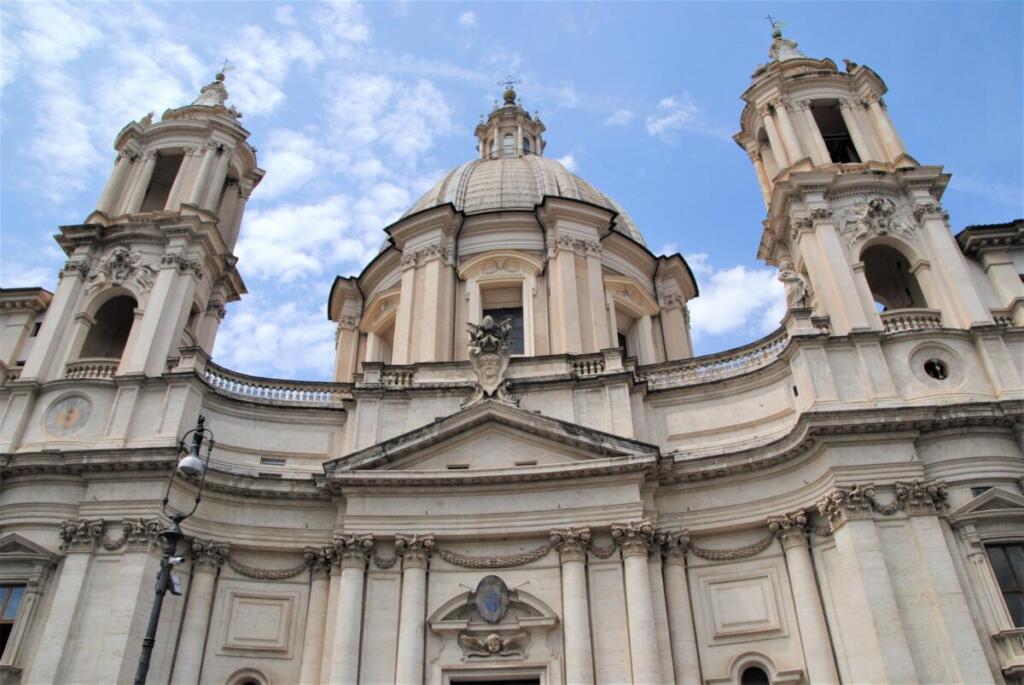
To direct these acquisitions was Donna Olympia, widow of the pope's brother and according to popular rumours lover of the pope.
Donna Olympia was very greedy and for a decade she was the most powerful person in the state, whoever wanted to talk to the pontiff had to go first to her
The family properties ranged from the palazzo in Piazza Navona, to the Palace on Via del Corso, to the immense Villa Pamphili, with the Casino del Buon Respiro, to the fiefdom of San Martino al Cimino.
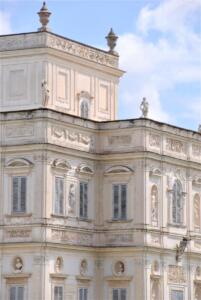
In 1647 Cardinal Camillo Pamphili, son of Olympia and nephew (or son) of the Pope, met another Donna Olympia Aldobrandini, young widow of Prince Paolo Borghese.
And despite the contrary opinion of the mother, having obtained the necessary papal dispensation, he married her thus abandoning the cardinal’s robes.
The pope accepted the wedding, but fearing quarrels between the two Olympias, he sent the spouses to live in Frascati at Villa Aldobrandini.
He called them back to Rome a few years later, and in fact the two Olympias came to disagreements but it was always the mother-in-law who had the upper hand and remained the only lady in the papal court.
In 1654 Donna Olympia also bought the fiefdom of Alviano with its castle.
Withdrawing from Rome after the pope's death in January 1655, the Roman curia attempted to at least partially regain possession of the wealth accumulated by Donna Olympia at the expense of the Papal States, but to no avail.
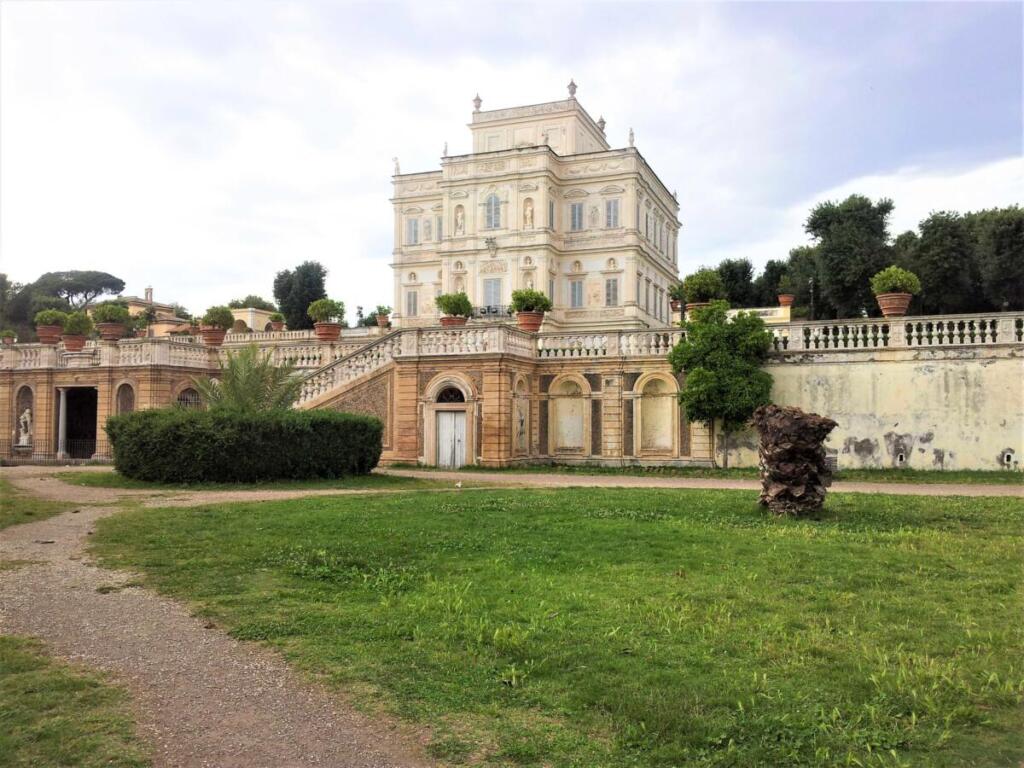
She refused to pay even the pope’s funeral expenses. The new pope, Alexander VII had Donna Olympia confined to San Martino al Cimino where she died two years later from the plague, leaving billions to her heirs and content for many popular legends.
In 1651 Camillo Pamphili bought the fiefdom of Valmontone. His daughter Anna married a Doria (from Genoa) which would begin the Doria Pamphili dynasty, which would cease its blood line in 2000 with Orietta and continue with her adopted children.
Villa Doria Pamphili of the Municipality of Rome is the largest public park in the city, after that of the Appia Antica, but the building of the Villa is closed to the public as it is used by the Government for official meetings.
It is amazing to note how the greatest masterpieces of this city were born from corruption and robberies.





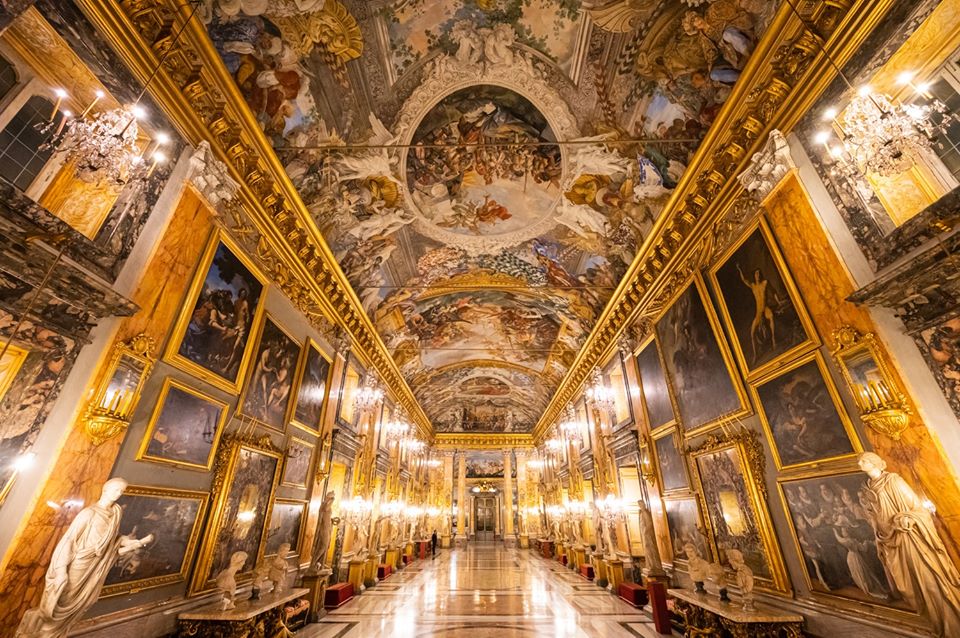

Follow us